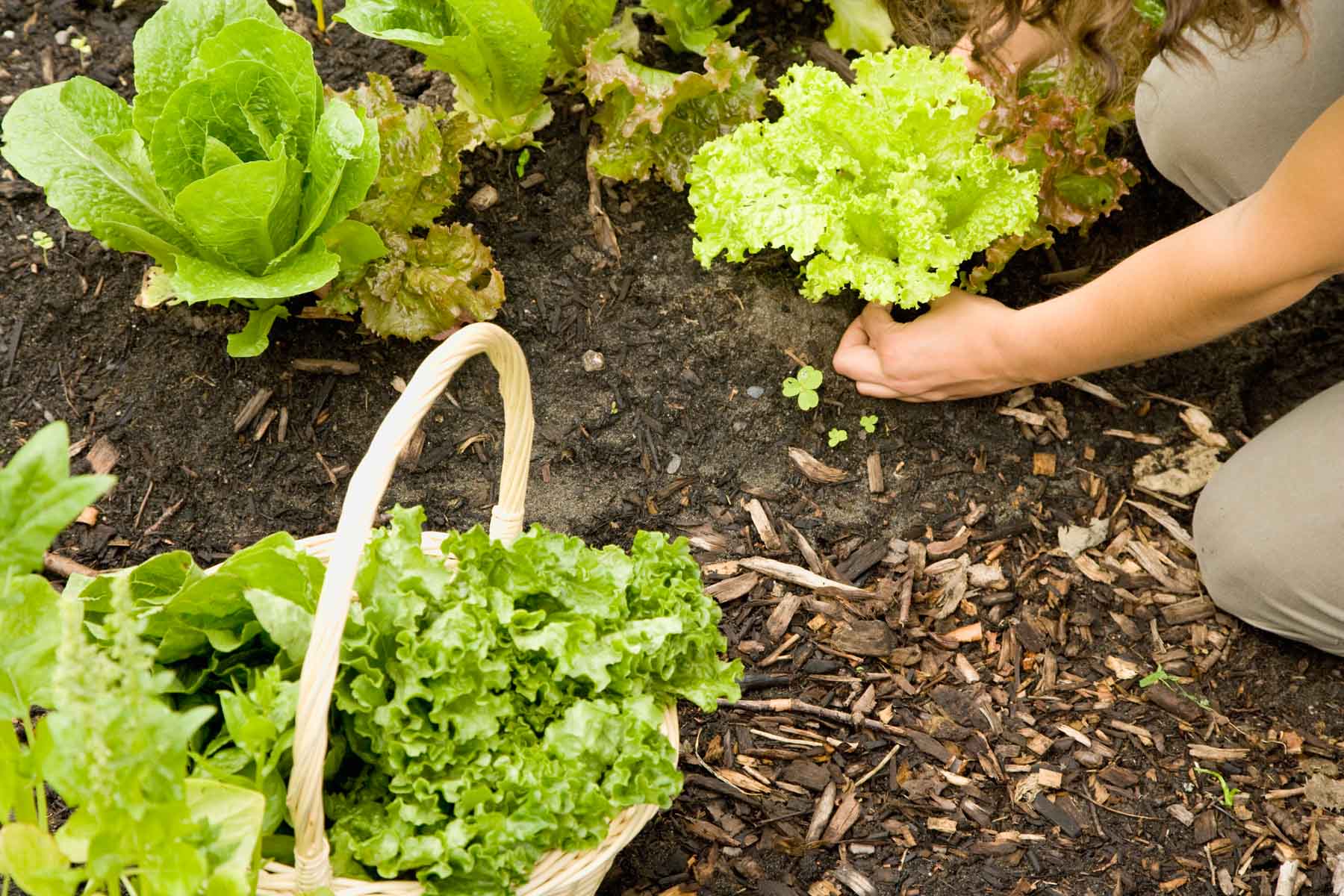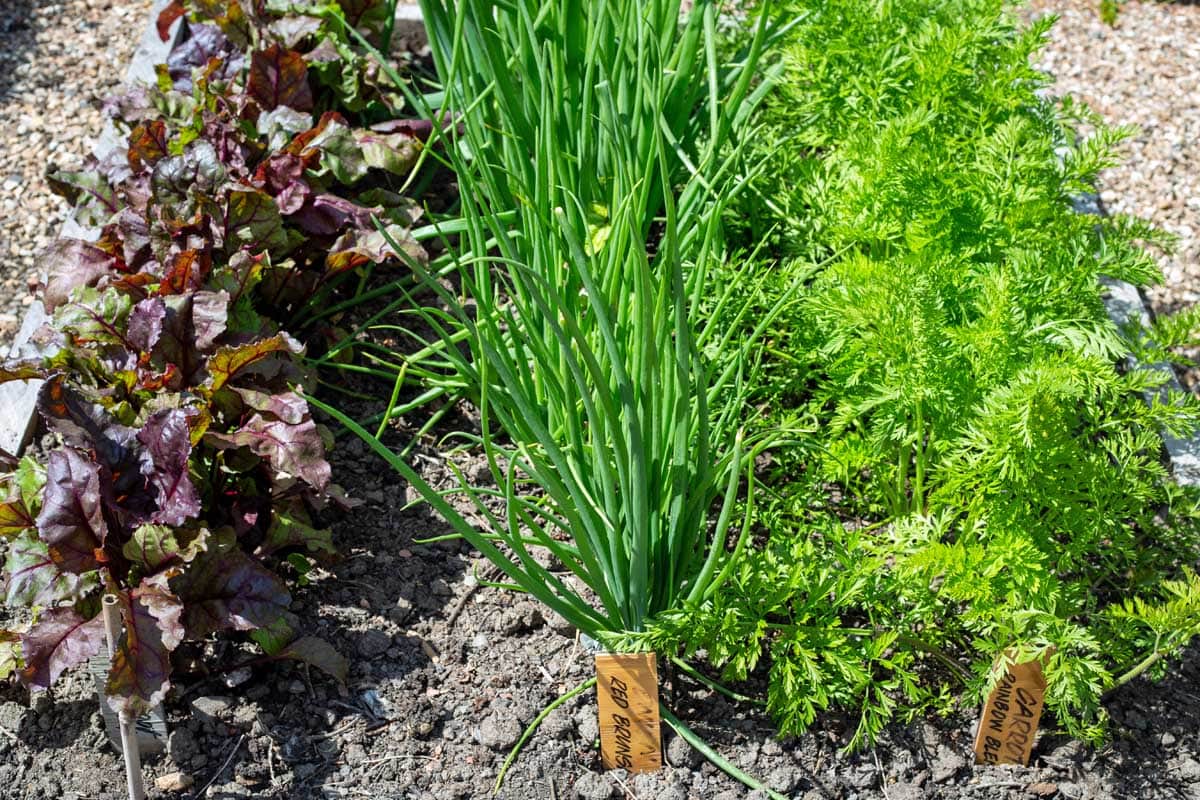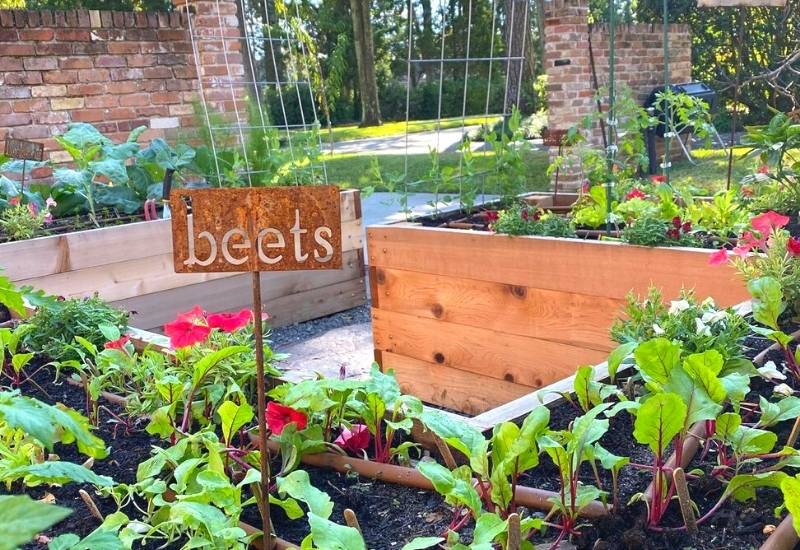Beetiful Companion Plants That Will
Beetiful Companion Plants That Will Enhance Your Garden
Companion planting is a gardening practice that involves planting different types of plants together to create a mutually beneficial relationship. When plants are chosen carefully, they can help each other to grow better, deter pests, and even improve the taste of their produce.
If you're looking to create a beautiful and productive garden, companion planting is a great way to do it. In this blog post, we'll discuss some of the best companion plants for beets, as well as some of the benefits of companion planting in general.
What Are Companion Plants?
Companion plants are simply plants that grow well together. They may share similar growing conditions, such as sun exposure or soil type. They may also have complementary effects on each other, such as attracting beneficial insects or repelling pests.
There are many different companion plants that can be grown with beets. Some of the best options include:
- Carrots: Carrots and beets are both root vegetables that grow well in full sun. They also have similar water and nutrient requirements. Planting carrots and beets together can help to deter the carrot fly, a common pest of carrots.

- Lettuce: Lettuce is a cool-season crop that can be planted in the same bed as beets as soon as the soil is workable in spring. Lettuce helps to suppress weeds and shade the soil, which can help to keep beet roots cool and healthy.

- Marigolds: Marigolds are a flowering plant that is known for its insect-repelling properties. Planting marigolds around beets can help to deter pests such as aphids, beetles, and nematodes.

- Peas: Peas are a nitrogen-fixing plant, which means that they can help to improve the nitrogen content of the soil. This can benefit beets, which are heavy feeders. Peas can also help to shade the soil, which can help to keep beet roots cool and healthy.
- Spinach: Spinach is a cool-season crop that can be planted in the same bed as beets as soon as the soil is workable in spring. Spinach helps to suppress weeds and shade the soil, which can help to keep beet roots cool and healthy.
Benefits of Companion Planting
There are many benefits to companion planting, including:
- Increased crop yield: Companion plants can help to increase the yield of your crops by providing support, shade, and nutrients.
- Improved plant health: Companion plants can help to improve the health of your plants by deterring pests and diseases.
- Enhanced flavor: Companion plants can enhance the flavor of your produce by attracting beneficial insects and pollinators.
- Reduced workload: Companion planting can help to reduce your workload by attracting beneficial insects and pollinators, which can help to control pests and diseases.
- Attracting wildlife: Companion planting can attract wildlife to your garden, such as birds, butterflies, and bees. This can add beauty and interest to your garden, and it can also help to pollinate your plants.
How to Choose Companion Plants
When choosing companion plants, there are a few things you'll need to consider, such as:
- The plants' growing conditions: Make sure that the plants you choose have similar growing conditions, such as sun exposure, soil type, and water requirements.
- The plants' pest and disease resistance: Choose plants that are resistant to the same pests and diseases. This will help to reduce the need for pesticides and herbicides.
- The plants' beneficial insect and pollinator attraction: Choose plants that attract beneficial insects and pollinators. This will help to control pests and diseases, and it will also improve the pollination of your crops.
- The plants' aesthetic appeal: If you're planting companion plants for their beauty, as well as their practical benefits, make sure that you choose plants that complement each other's colors and textures.
Conclusion
Companion planting is a great way to create a beautiful and productive garden. By choosing the right companion plants, you can help your plants to grow better, deter pests, and even improve the taste of your produce.
If you're new to companion planting, start by reading up on the different companion plants that are available and the benefits of each one. Then, experiment with different combinations of plants in your garden. You'll be surprised at how well your plants grow and how much healthier they are when they're surrounded by their compatible companions.
Beets are a delicious and nutritious root vegetable that can be easily grown in your backyard garden. But did you know that there are certain plants that can help to improve the growth and flavor of your beets?
That's right, companion planting is a gardening technique that involves planting certain types of plants together for mutual benefit. When it comes to beets, some of the best companion plants include:
- Brassicas: These plants, such as broccoli, Brussels sprouts, and cabbage, help to repel pests and diseases that can damage beets.
- Alliums: Onions, garlic, and chives release sulfur compounds that help to deter pests and improve the flavor of beets.
- Legumes: Beans, peas, and lentils fix nitrogen in the soil, which can help to enrich the soil and improve the growth of beets.
- Leafy greens: Lettuce, spinach, and kale help to suppress weeds and shade the soil, which can help to keep beet roots cool and prevent them from bolting.
For more information about the best companion plants for beets, be sure to visit Garden Wiki. This website provides a comprehensive guide to companion planting, as well as tips on how to choose the right plants for your garden.
FAQ of best companion plants for beets
- What are the best companion plants for beets?
The best companion plants for beets are members of the Brassica family, such as broccoli, cauliflower, cabbage, rutabagas, and turnips. These plants help to deter pests and diseases that can damage beets, and they also help to improve the flavor and quality of the beetroots. Other good companion plants for beets include alliums (such as onions, garlic, and chives), lettuce, and spinach.
- What plants should I avoid planting near beets?
There are a few plants that you should avoid planting near beets, including pole beans, field mustard, and charlock (wild mustard). These plants can compete with beets for nutrients and water, and they can also harbor pests and diseases.
- How do companion plants benefit beets?
Companion plants can benefit beets in a number of ways. Some companion plants, such as alliums, can help to deter pests and diseases. Others, such as Brassicas, can help to improve the flavor and quality of the beetroots. Still others, such as lettuce and spinach, can help to suppress weeds and conserve moisture.
- How do I plant companion plants with beets?
When planting companion plants with beets, it is important to consider the size and growth habits of each plant. For example, you would not want to plant a tall plant, such as broccoli, next to a short plant, such as beets, as the broccoli would shade the beets and prevent them from getting enough sunlight.
- What are some tips for companion planting beets?
Here are a few tips for companion planting beets:
- Do your research and choose companion plants that will benefit each other.
- Plant companion plants in the same bed or in alternating rows.
- Space companion plants appropriately, so that they have enough room to grow.
- Water and fertilize your plants regularly.
- Monitor your plants for pests and diseases and take steps to control them if necessary.
Image of best companion plants for beets
- Carrots. Carrots and beets are both root vegetables that benefit from being planted together. Carrots help to deter pests from beets, and beets help to improve the drainage of the soil for carrots.

- Cabbage. Cabbage is another member of the Brassica family that is a good companion plant for beets. Cabbage helps to repel pests from beets, and beets help to improve the flavor of cabbage.

- Lettuce. Lettuce is a leafy green that is a good companion plant for beets. Lettuce helps to shade the soil around beets, which helps to prevent weeds from growing.

- Onions. Onions are another member of the Allium family that is a good companion plant for beets. Onions help to repel pests from beets, and beets help to improve the flavor of onions.
- Radishes. Radishes are a fast-growing root vegetable that is a good companion plant for beets. Radishes help to loosen the soil around beets, which helps to improve the drainage and aeration of the soil.

Post a Comment for " Beetiful Companion Plants That Will"